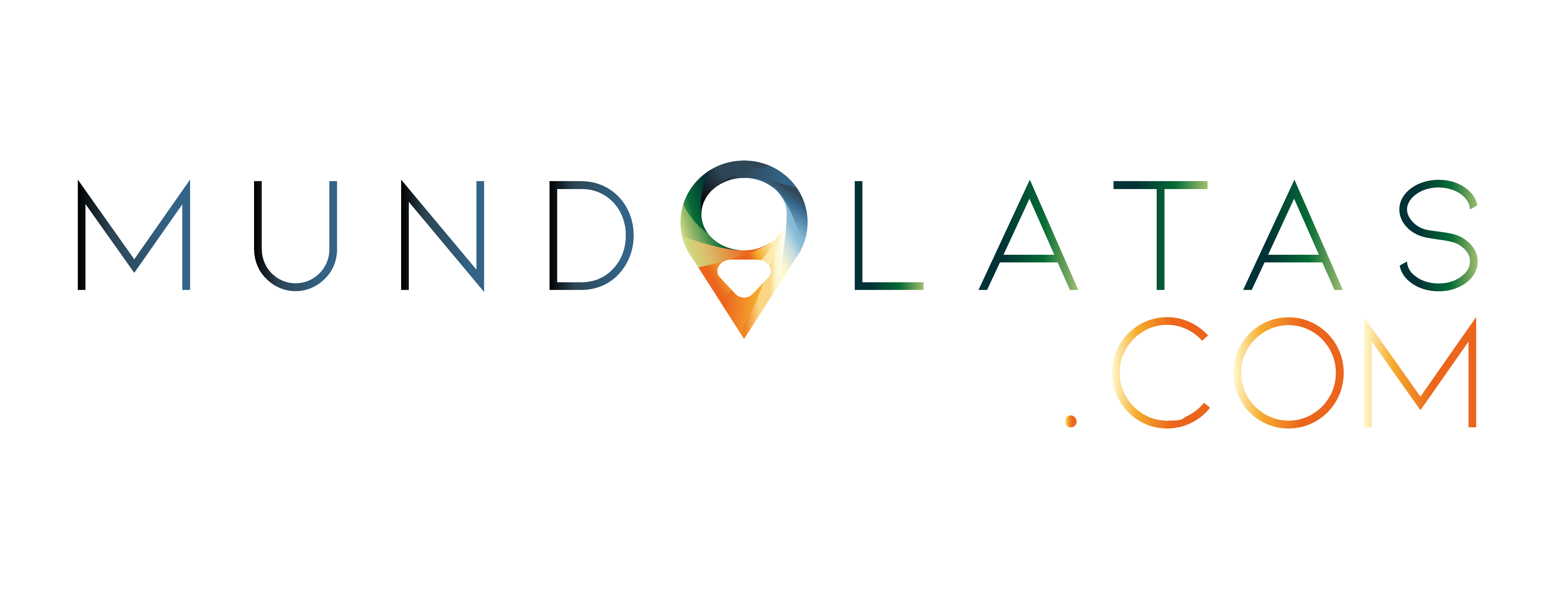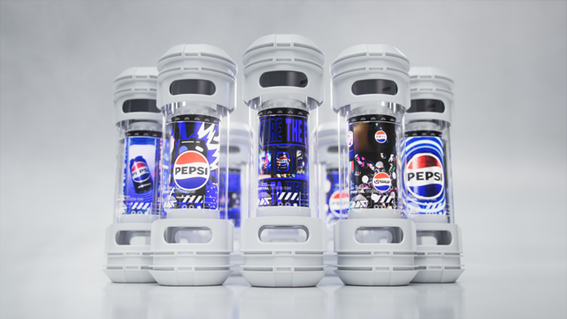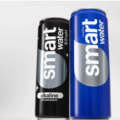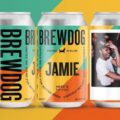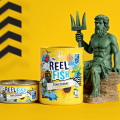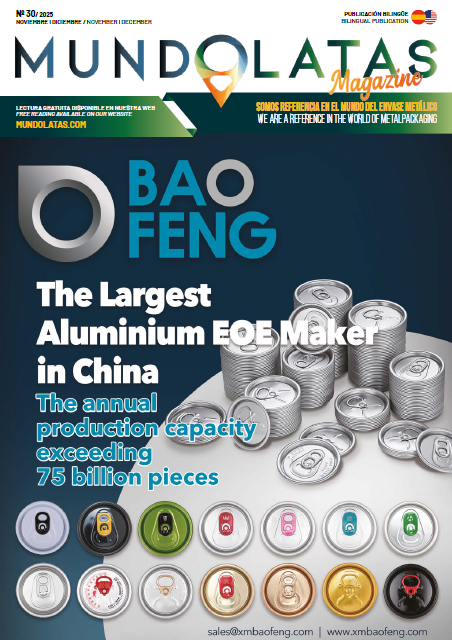PepsiCo presented the Smart Cans at the recent Cannes Lions International Festival of Creativity in France.
These devices feature immersive 3D screens that display high-definition video content, reinventing promotional products for brand engagement.
Developed over two years, Smart Cans are “branded portals” that display content such as brand advertising and sports.
The cans are a concept product to showcase Pepsi’s “new visual identity” but do not contain any liquid or beverage.
They are designed to reinvent promotional products, and Pepsi says they “challenge and reward those who thirst for more with exclusive content and membership in a global network of creators.”
Smart Cans have motion sensors, accelerometers and sound technology that allow users to personalize their experiences.
They are connected devices that allow users to interact with each other, sharing unique product codes.
The cans will not be available in stores yet. An initial group of 1,000 content creators will receive one to create videos to be shown on the can.
The cans were developed by PepsiCo’s Ireland-based beverage design team, who wanted to create a brand portal that “maintains its positioning, engaging people through unrestricted enjoyment.”
PepsiCo said the cans act as a “CANvas for self-expression,” where users can view personalized content streams from influencers and figures in sports, music and gaming.
Mauro Porcini, PepsiCo’s design director, assured that in an Instagram post that there will be more to come about Smart Cans in the coming months.
In addition, PepsiCo, through its Gatorade brand, unveiled an artificial intelligence-powered chatbot called “Hydration Coach” at the event.
Named Anna, the AI chatbot answered users’ questions about their hydration needs using a touch screen. Anna was trained with data and insights from the Gatorade Sports Science Institute, which researches hydration and nutrition to help athletes.
According to MarketingDive, the AI chatbot will be tested in a small number of markets later this year or early 2025, before becoming available online or through physical touchpoints such as in-store displays.
